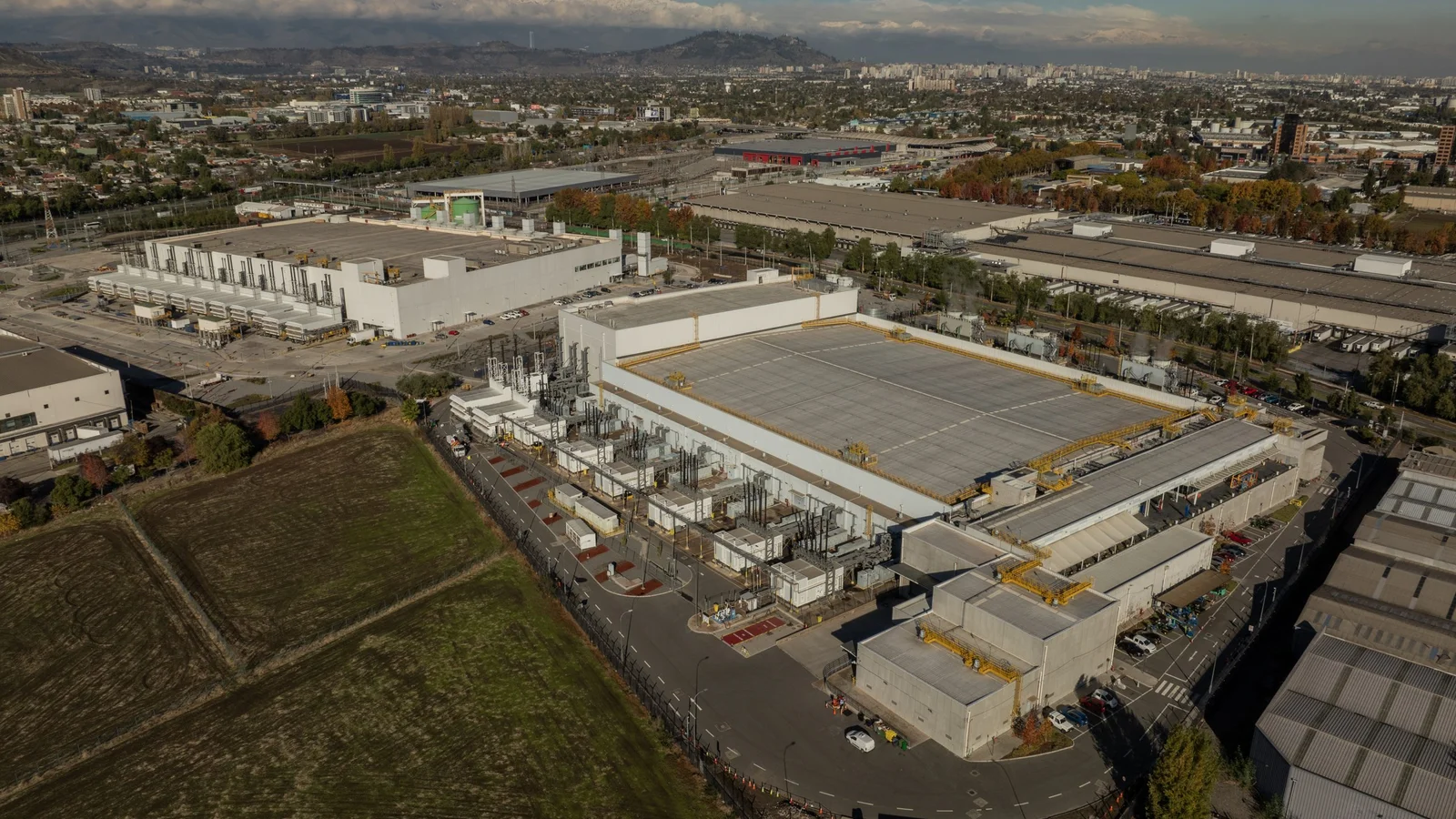Data center site selection is no longer just about power, water, and fiber. Learn the new signals—zoning, incentives, environmental, and regulatory factors—that determine true site readiness and how AI tools like Dodda.ai are transforming the underwriting process.
Why Traditional Site Selection Is No Longer Enough
For decades, data center site selection was defined by three key resources — power, water, and fiber. If a parcel checked those boxes, it made the shortlist.
But that approach doesn't work anymore. As AI, hyperscale cloud, and edge computing drive unprecedented demand, developers face new layers of complexity — from regulatory bottlenecks to environmental and social constraints that can derail even the most promising projects.
The result? Slower builds, higher costs, and missed investment opportunities.
The New Reality: Site Selection Is an Underwriting Process
Successful developers treat land selection the same way investors treat deals — as a full underwriting exercise that weighs risk, readiness, and return across dozens of factors, not just utilities.
Here's what matters now:
- Power and water availability: Reliable access is critical. Building new power stations is costly, complex, and often uncertain, as regulators like the DOE may question whether projected demand justifies the investment.
- Zoning and entitlements: Hidden land-use restrictions or conditional approvals can add months to timelines.
- Environmental risk: Flood zones, contamination, and endangered habitats can limit or block development.
- Permitting and jurisdictional efficiency: Some localities process approvals in weeks; others take a year.
- Community and political factors: Local moratoriums, water-use restrictions, and public pushback increasingly shape project outcomes. In Indianapolis, for instance, community concerns over a data center's massive daily water use led to organized resistance that halted the development.
These "soft signals" are now hard limits — and developers who surface them early gain a major advantage.
Why Comprehensive Site Intelligence Matters
Imagine knowing — before you spend on site control — which parcels are actually feasible, incentivized, and timeline-ready. That's the difference between traditional diligence and data-driven underwriting.
By integrating these non-utility layers into your early screening, developers can:
- Reduce failed diligence costs and delays
- Rank and compare sites across multiple risk dimensions
- Quantify incentive value and regulatory ease
- Build standardized underwriting reports for investors and capital partners
The Future of Data Center Land Development
The next generation of data center growth won't be won by who finds the biggest substation — it'll be by who understands the full site picture first.
AI and automation are bringing speed and transparency to what used to be manual, fragmented work. Those who bring data transparency, AI-driven scoring, and multi-layer insights into their early process will be able to deploy capital faster, mitigate risk, and capture more of the market.
In this new era, data is the fourth utility — and those who use it best will build the future.
Dodda.ai unifies critical datasets — power capacity, water, fiber, zoning, environmental, and more — into one intelligent platform. With a few clicks, developers can:
- Run desktop site assessments in under 10 minutes
- Flag risks and constraints early
- Generate custom reports to support investment decisions
It's underwriting-grade intelligence delivered at the speed of development.
Ready to see your sites differently? Run your first AI-powered site assessment with Dodda.ai — and uncover risks before you invest.
